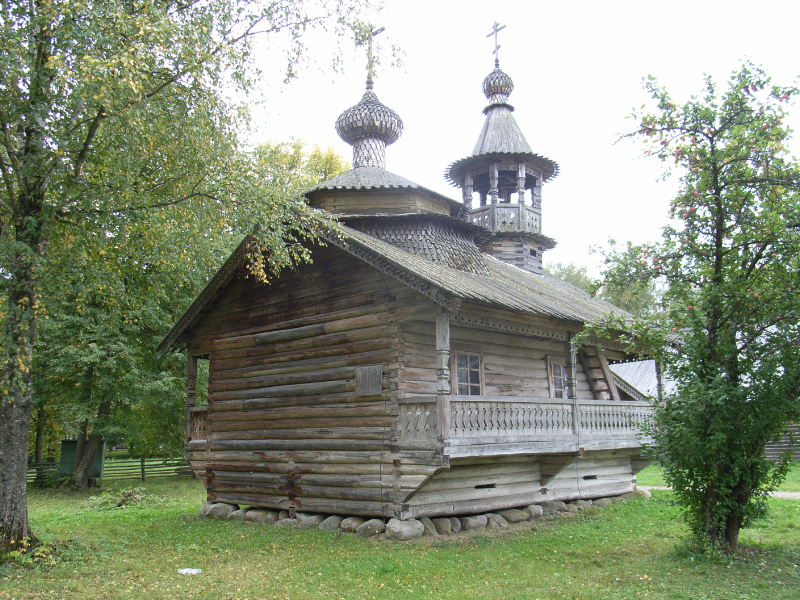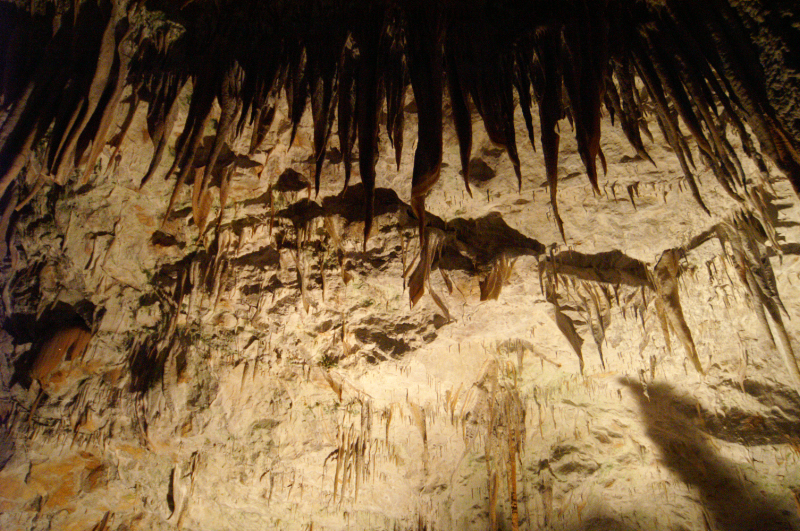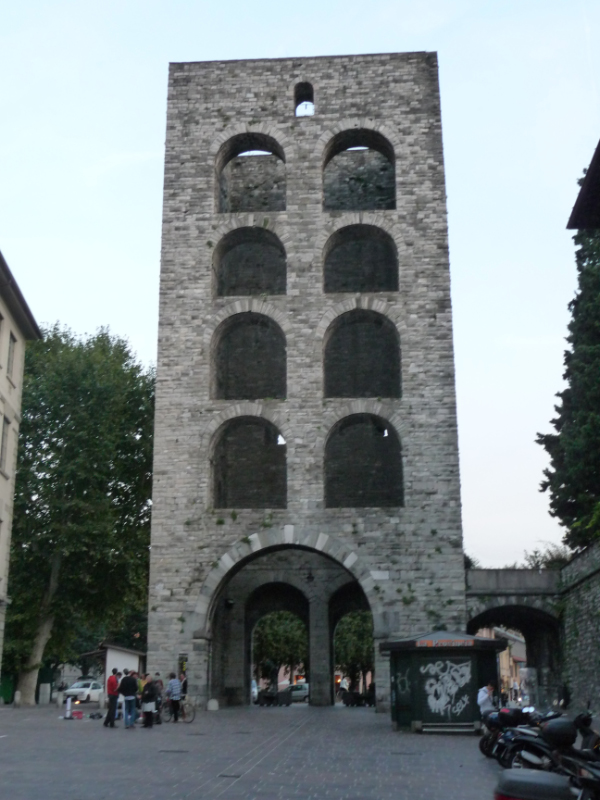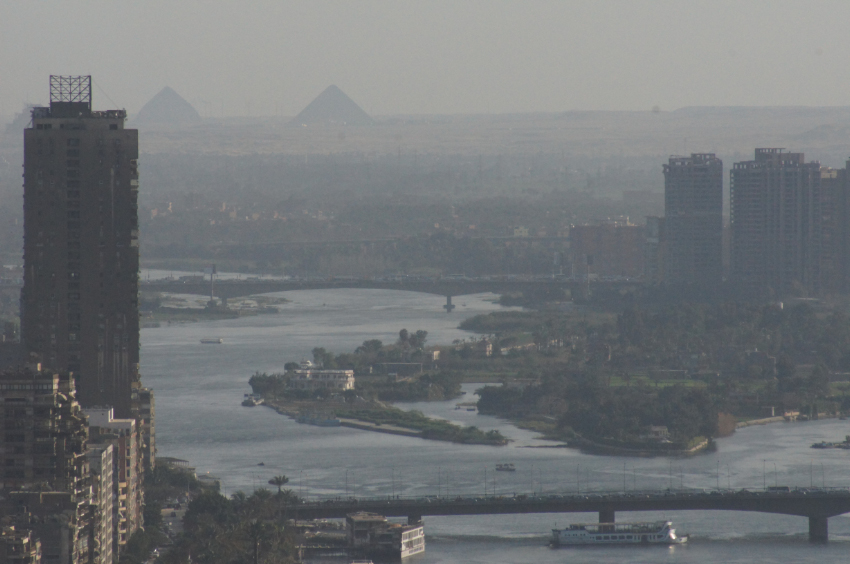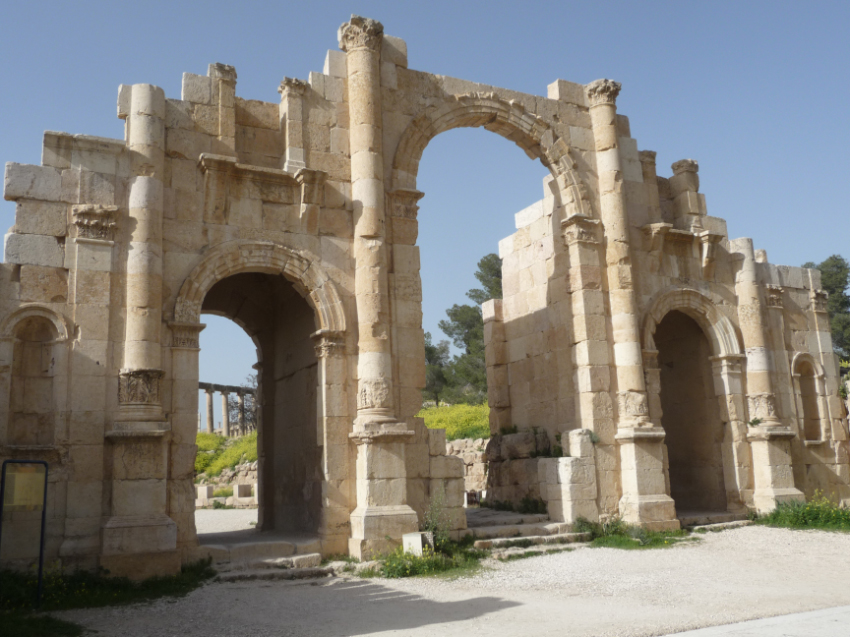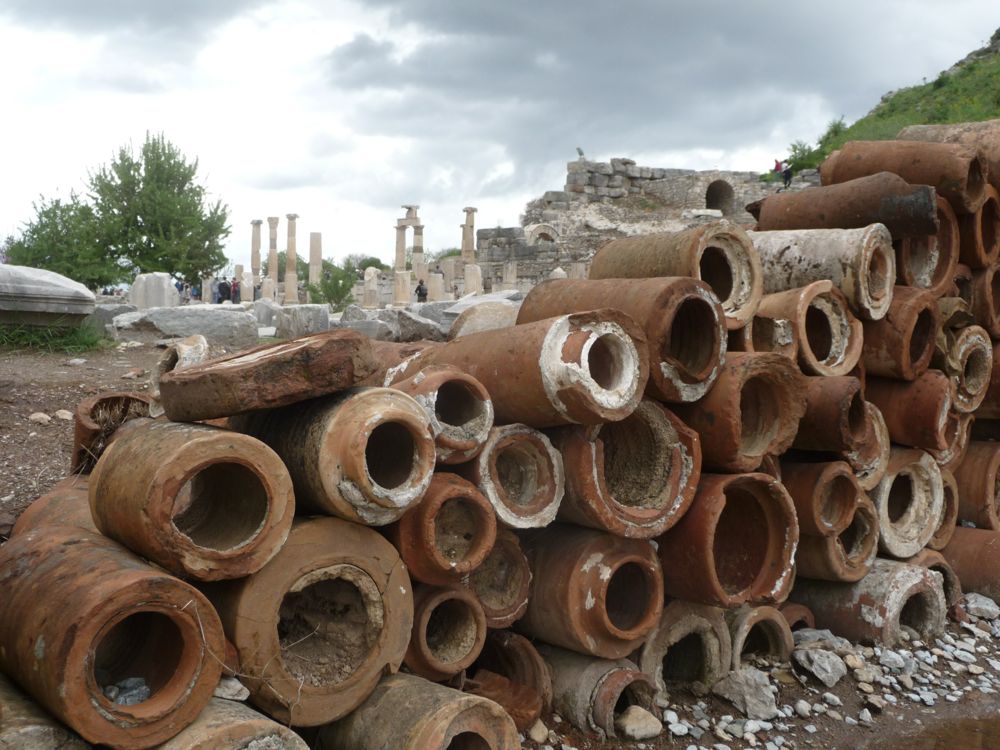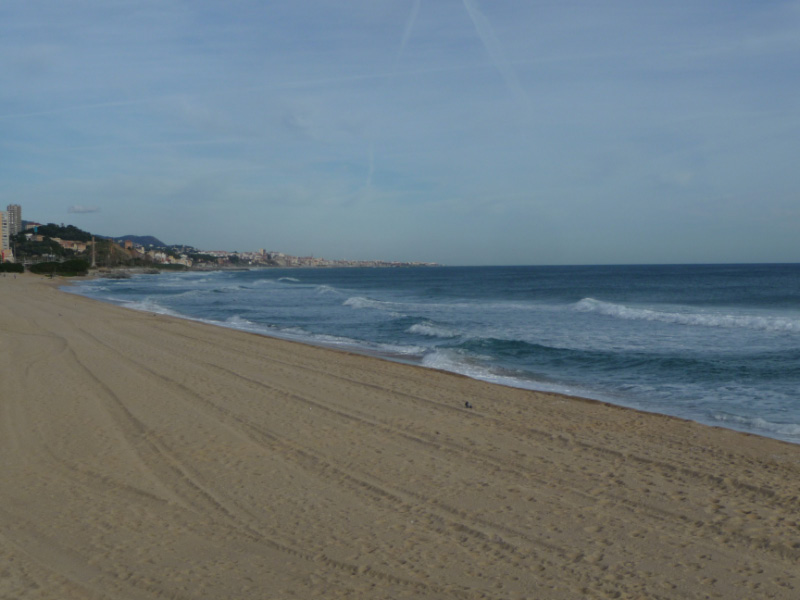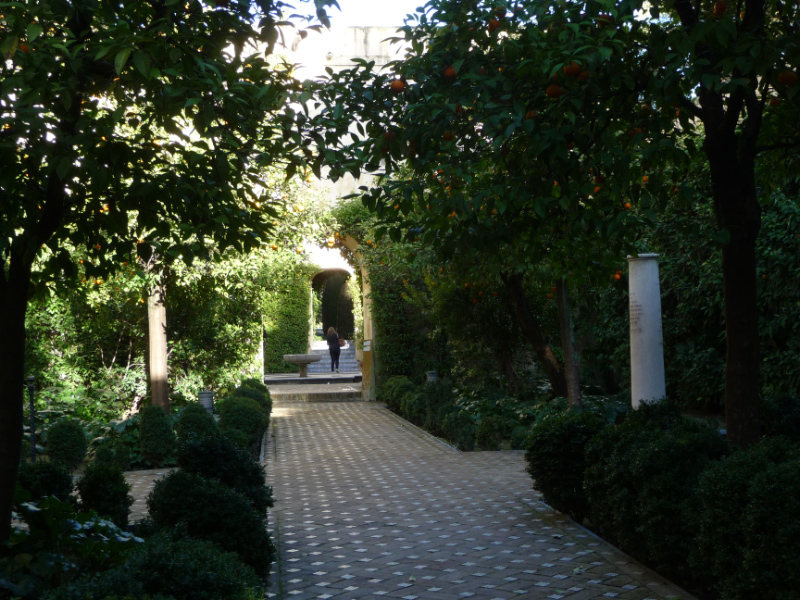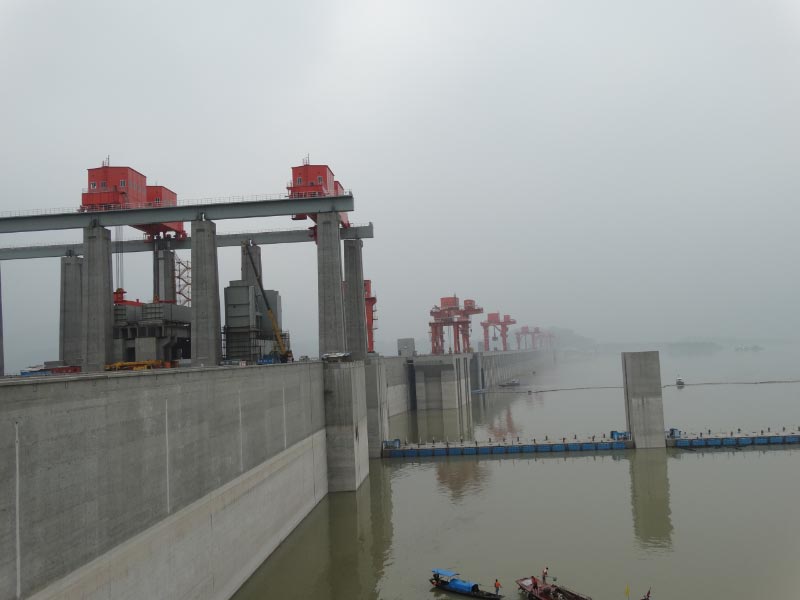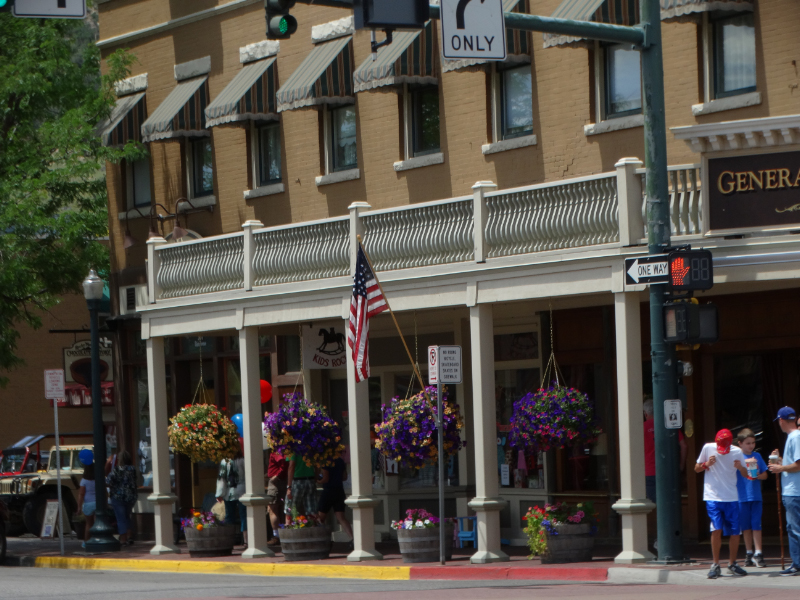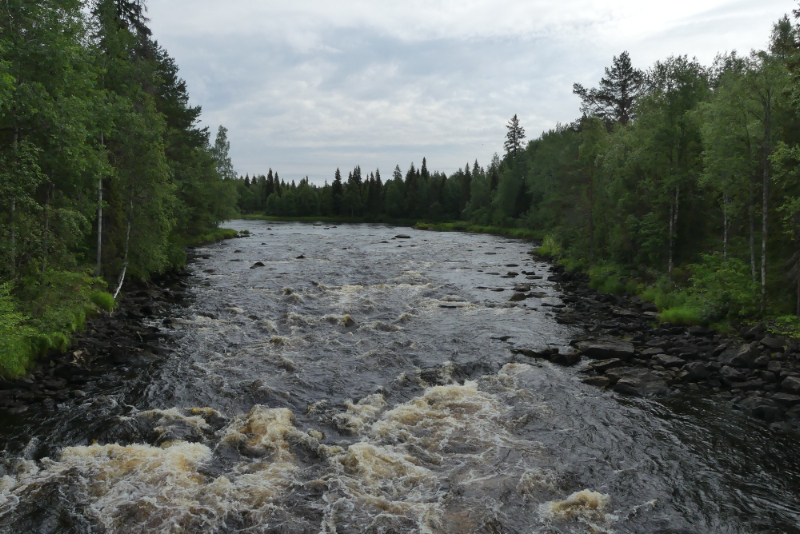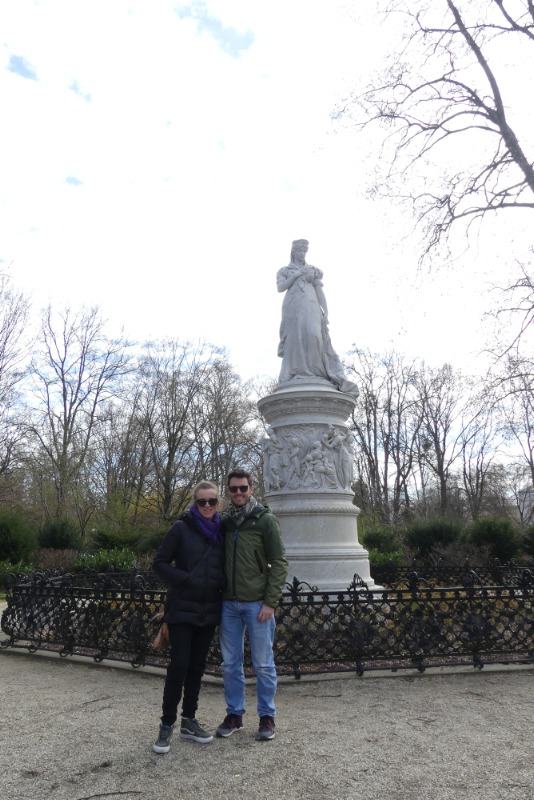The ancient archaeological site of Tikal is in the north of Guatemala, not far from the Mexican border. There are a lot of ancient Mayan sites in this area, but most of them are still engulfed in jungle. In fact the jungle is relatively new.
The Mayan people first came to this area about 3000BC. Development was slow to begin with, the people were still hunter-gatherers until around 500BC. From that time, for the next 1500 years they developed tools, agriculture and religion. They lived in the jungle where food was abundant.
Religion and culture became important, which brought the need to build temples. Tikal was chosen for its limestone, which was considered suitable for ceremonial and royal buildings. But there was no water source. Rain water was collected and stored.
As culture developed, land was cleared for crops, for housing and then for ceremonial sites. The population expanded and so did the need for cleared land.
The monuments we saw at Tikal, in their hey day, were on cleared land with limestone paving around them.
Wars were fought between various tribes, mostly to maintain territorial boundaries.
By the mid ninth century AD the climate had become too hot and dry to sustain the population. The rainforests had gone, taken over by housing, cropping and civic and religous centres. But without rain, crops could not grow and the population could not be fed.
Over the next two centuries the cities were abandoned. But it took hundreds of years for the rain forest to grow back.
Sadly, the same thing is happening in Central America today, as the forests are taken down for cropping.
But this isn’t a story about Tikal or Guatemala or Central America. This is a story about climate change and the devastating effect it has already had, and will continue to have on our Earth.
Travel opens your mind to some wonderful experiences and to some sad truths.
e_header.jpg)




